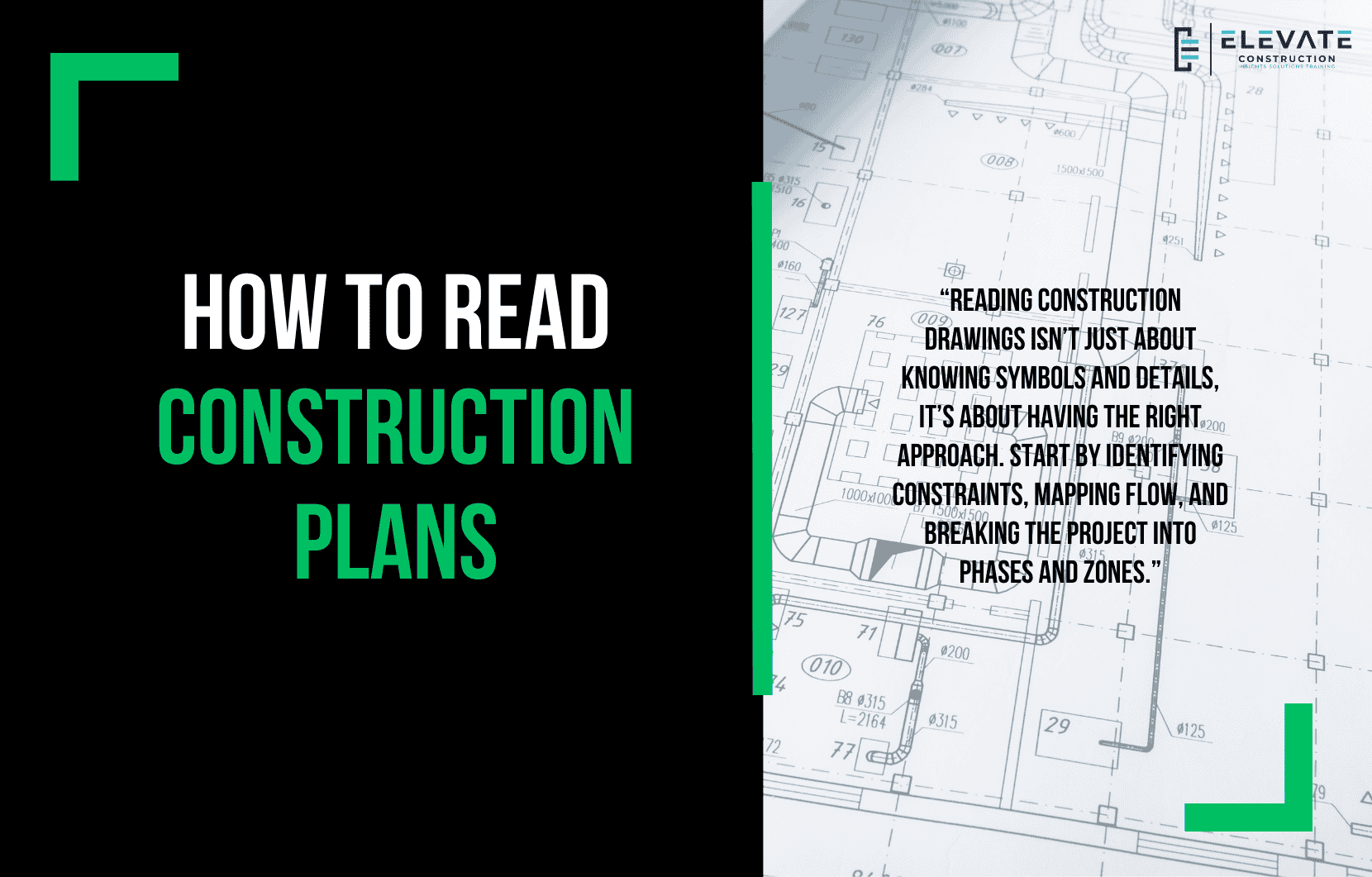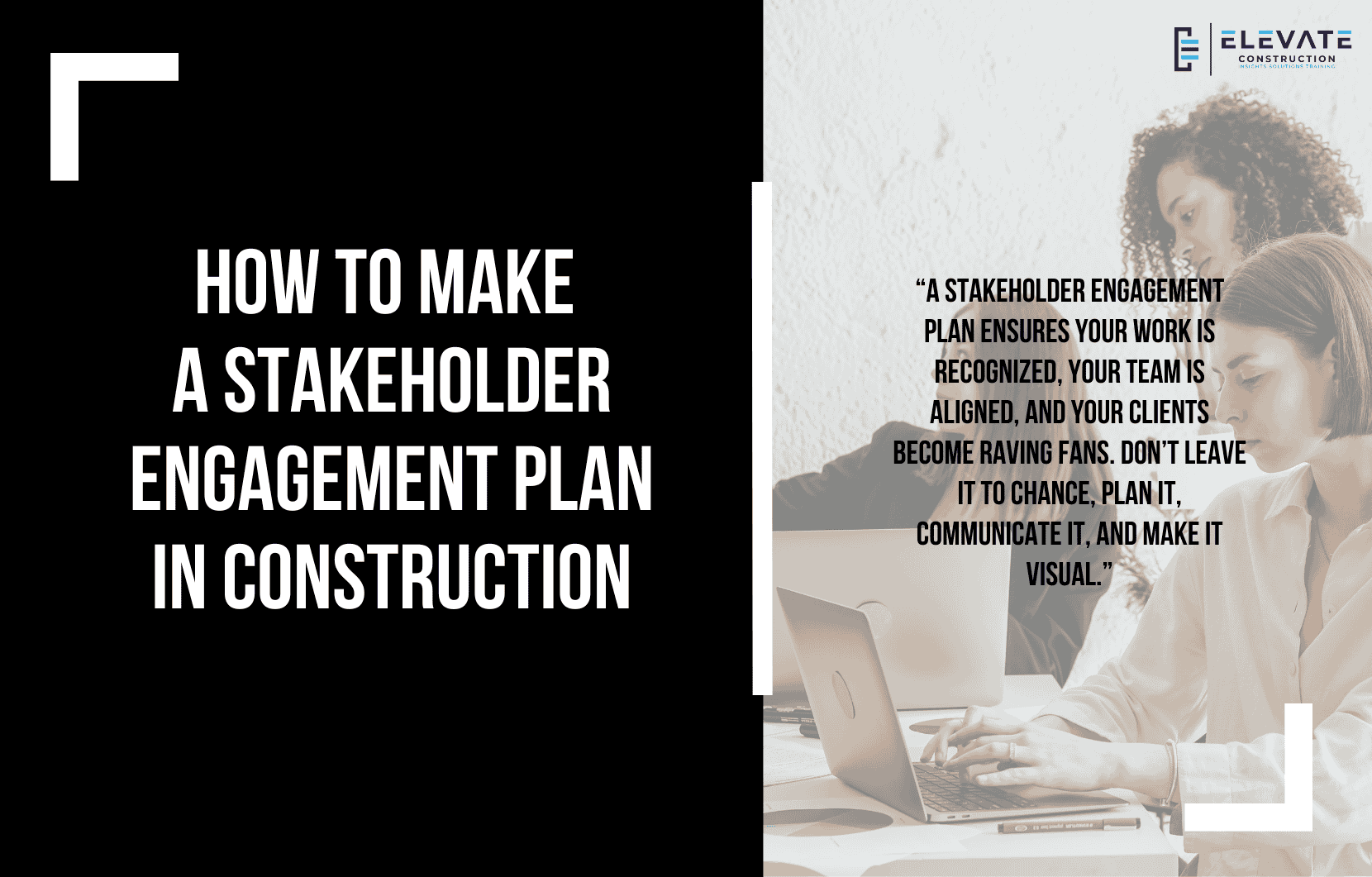Parrots and Octopi
I want to share a concept that really hits home for me and I think it will resonate with you as well. I was riding in a Waymo on the way to the airport when this thought came to mind: in our industry, we often have people acting like parrots, when what we really need are octopi.
The Problem with Parrots
Parrots repeat words and sounds they hear around them. They do not fully understand the meaning, but they mimic what gets them attention. In construction, I see this happen all the time. People repeat terms like critical path or quality, cost, and schedule as if saying these buzzwords automatically makes them right. They copy what they heard in a class, a book, or from a manager, but they do not stop to think about whether it truly makes sense or if it even helps their projects succeed.
When we repeat without thought, we hurt people. We create bad systems, we reinforce bad habits, and we waste time. Just like parrots, the reinforcement comes in the form of attention, recognition, or fitting in. But the reality is that parroting keeps us stuck in old ways of thinking.
The Wisdom of Octopi
Now, contrast that with the octopus. Octopi are problem solvers. They adapt, they create, they use tools, they camouflage, and they think independently. Most of their neurons are in their arms, which allows them to sense, test, and learn from their environment. They are masters of curiosity and resourcefulness.
That is the kind of mindset we need in construction. The changemakers I admire are like octopi. They use tact planning, they apply lean principles, they question contracts that do not make sense, and they focus on building projects the right way. They are not just imitating others. They are thinking, adapting, and innovating.
A Call to Be Different
I challenge everyone reading this to stop parroting what you hear. Question everything. If a superintendent tells you to overload crews in unsafe heat, ask yourself, does this make sense? If a system like CPM keeps failing project after project, why are we still repeating it? You do not need me or anyone else to tell you these things. You have the intelligence to figure it out yourself.
Be the person who observes, learns, and adapts. Be an octopus, not a parrot. The future of our industry will belong to those who think, not those who simply repeat.
Key Takeaway
Do not just repeat what you hear in construction. Progress comes when you think for yourself, question outdated ideas, and adapt like an octopus instead of parroting old habits.
If you want to learn more we have:
-Takt Virtual Training: (Click here)
-Check out our YouTube channel for more info: (Click here)
-Listen to the Elevate Construction podcast: (Click here)
-Check out our training programs and certifications: (Click here)
-The Takt Book: (Click here)
Discover Jason’s Expertise:
Meet Jason Schroeder, the driving force behind Elevate Construction IST. As the company’s owner and principal consultant, he’s dedicated to taking construction to new heights. With a wealth of industry experience, he’s crafted the Field Engineer Boot Camp and Superintendent Boot Camp – intensive training programs engineered to cultivate top-tier leaders capable of steering their teams towards success. Jason’s vision? To expand his training initiatives across the nation, empowering construction firms to soar to unprecedented levels of excellence.
On we go










